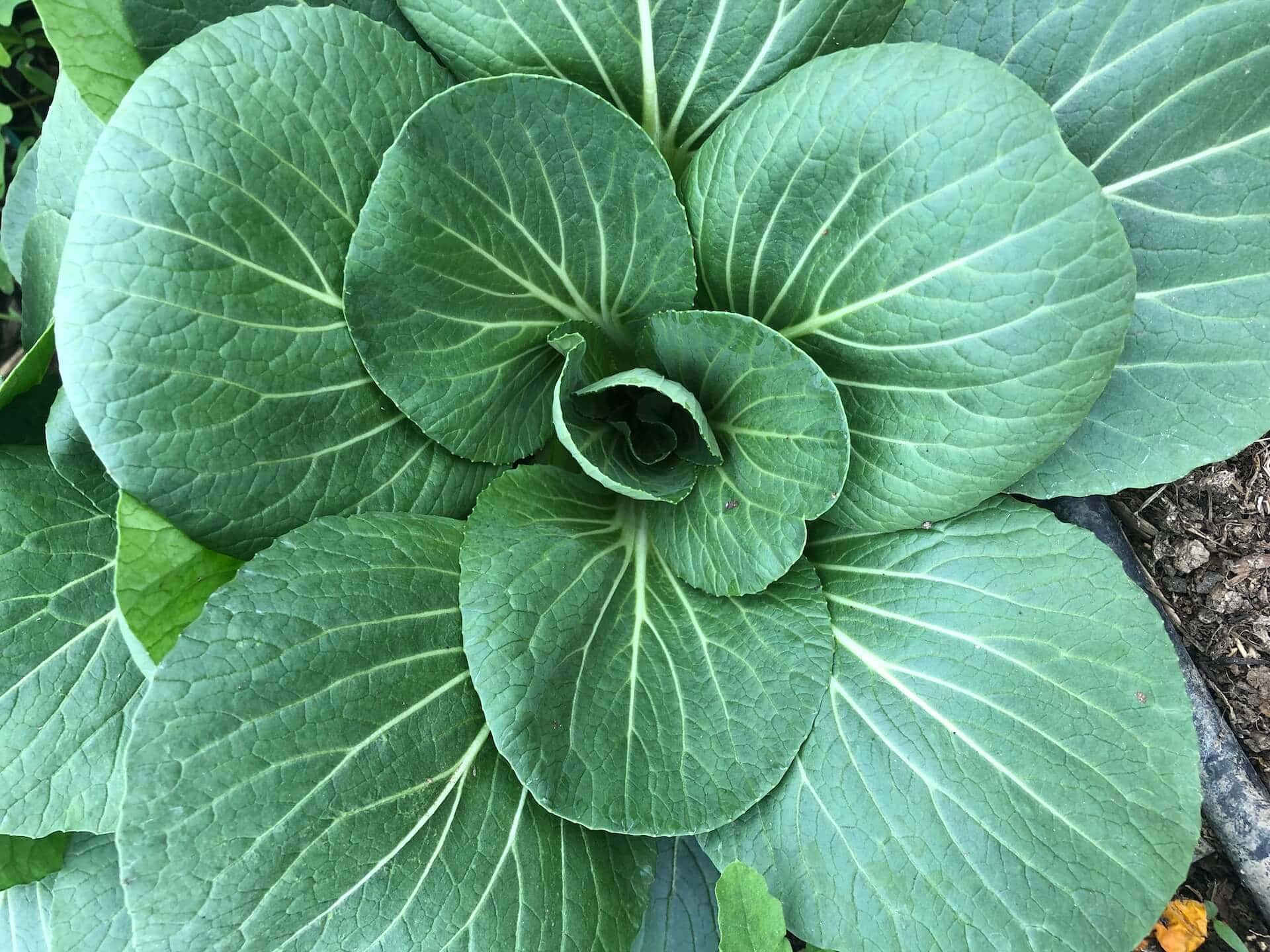This post may contain affiliate links. Probably doesn’t, but it might. It doesn’t cost you anything extra but if you use these links to buy something, we may earn a commission.
Iron is an essential mineral that plays a critical role in maintaining our overall health. It is essential for the production of red blood cells, which carry oxygen throughout the body. Iron also supports our immune system, helps to maintain healthy skin, hair, and nails, and is involved in the production of several hormones.
Despite its importance, many people fail to get enough iron in their diet, which can lead to a range of health problems such as fatigue, weakness, and anemia. In this article, we will explore the benefits of iron, how much you need, and the best dietary sources to help you ensure that you are meeting your daily requirements.
Table of Contents
How much iron do you need?
The recommended daily intake of iron varies depending on age, gender, and other factors such as pregnancy and breastfeeding. According to the National Institutes of Health (NIH), the recommended daily intake of iron for adults aged 19-50 years is 8 mg for men and 18 mg for women. Women who are pregnant or breastfeeding may require even more iron, with recommended daily intakes of 27 mg and 9 mg, respectively.
It is important to note that the body absorbs different forms of iron differently. Heme iron, which is found in animal-based foods such as meat, poultry, and fish, is more easily absorbed than non-heme iron, which is found in plant-based foods such as beans, lentils, and spinach. Therefore, vegetarians and vegans may need to consume more iron to meet their daily requirements.
Signs and symptoms of iron deficiency
Iron deficiency is a common nutritional deficiency, particularly among women and children. It is characterized by a shortage of red blood cells and low levels of hemoglobin, which can lead to anemia and a range of symptoms such as fatigue, weakness, headaches, and shortness of breath. Other signs of iron deficiency may include pale skin, brittle nails, and hair loss.
Sluggish brain function, or brain fog, may also be a sign of iron deficiency. The iron is essential for ensuring adequate oxygen to the brain as well as other parts of the body.
If you experience any of these symptoms, it is important to speak to your healthcare provider, who may recommend a blood test to check your iron levels. If you are diagnosed with iron deficiency, your healthcare provider may recommend dietary changes or iron supplements to help boost your iron levels.
Risk factors for iron deficiency
Several factors can increase your risk of iron deficiency, including a diet low in iron, blood loss due to menstruation or injury, pregnancy and breastfeeding, and certain medical conditions such as celiac disease and inflammatory bowel disease. People who follow a vegetarian or vegan diet may also be at a higher risk of iron deficiency, particularly if they do not consume enough iron-rich plant-based foods.
Sources of dietary iron

Iron is found in a variety of foods, including both animal-based and plant-based sources. Animal-based sources of iron include red meat, poultry, fish, and shellfish. Plant-based sources of iron include beans, lentils, spinach, tofu, and fortified cereals and bread.
It is important to note that the body absorbs heme iron, which is found in animal-based foods, more easily than non-heme iron, which is found in plant-based foods. Therefore, vegetarians and vegans may need to consume more iron to meet their daily requirements. The iron in leafy greens such as spinach and kale is more easily absorbed by the body than other plant-based sources, as the leafy greens also contain vitamin C, which aids in the digestion of the greens.
Fortunately, potatoes and sweet potatoes, pumpkin seeds and fresh peas, in addition to many leafy greens, are good sources of iron. This makes setting up your meals straightforward. If you are trying to incorporate more plant sources in your meals, you can still maintain good levels of iron. So the cartoon character had it right when he ate spinach to boost his iron and his energy!
Vegetarian and vegan sources of iron

If you follow a vegetarian or vegan diet, it is still possible to meet your daily iron requirements. Some excellent plant-based sources of iron include lentils, chickpeas, tofu, spinach, and fortified cereals and bread. Kale, spinach, collards, and Swiss chard are all excellent sources of iron, as well as sorrel, cabbage, and dandelion greens. Combining sources of iron with vitamin C-rich foods such as citrus fruits, tomatoes, and bell peppers can also help to improve iron absorption.
Iron-rich meal ideas
Incorporating iron-rich foods into your diet can be as simple as adding spinach to your morning smoothie or incorporating beans into your tacos or salads.
Here are a few simple meal ideas to help you boost your iron intake:
– Lentil and vegetable stir-fry with brown rice https://eatsmarter.com/recipes/vegetable-stir-fry-with-red-lentils
– Spinach and mushroom omelet with whole-grain toast https://www.mediterraneanliving.com/spinach-and-mushroom-omelette/
– Tofu and vegetable stir-fry with quinoa https://avirtualvegan.com/tofu-quinoa-stir-fry/
– Chickpea and vegetable curry with brown rice https://www.cookwithmanali.com/vegetable-chickpea-coconut-curry/
– Black bean and vegetable fajitas with whole-grain tortillas https://www.daisybrand.com/recipes/black-bean-and-veggie-fajitas-713/
Iron supplements- when are they necessary?
Iron supplements may be necessary if you are unable to meet your daily iron requirements through diet alone. However, it is important to speak to your healthcare provider before starting any supplements, as excessive iron intake can cause side effects such as constipation and nausea. Iron supplements are also not recommended for people who do not have iron deficiency, as excessive iron intake can be harmful to the body. Too much is as bad as too little.
Iron absorption- how to increase it

There are several ways to increase iron absorption from dietary sources. One way is to consume iron-rich foods with vitamin C-rich foods such as citrus fruits, tomatoes, and bell peppers, which can help to improve iron absorption. Many leaf greens provide the instant combination of vitamin C and iron, such as spinach, kale, Swiss chard, and dandelion greens. The iron in leafy greens is absorbed more easily by the body than other sources of iron. Avoiding foods and beverages that inhibit iron absorption, such as tea and coffee, can also help to improve iron absorption.
Conclusion and final thoughts
Your local farm may have all the ingredients you need to build a healthy level of iron. In addition to vegetables and fruits, see if your farmer has meats, seeds, nuts, or whole grain breads. You can add the additional nutrients of fresh produce as a bonus to the iron content as a way to boost your health.
Iron is an essential mineral that plays a critical role in maintaining our overall health. Despite its importance, many people fail to get enough iron in their diet, which can lead to a range of health problems such as fatigue, weakness, and anemia. By incorporating iron-rich foods into your diet and paying attention to factors that affect iron absorption, you can ensure that you are meeting your daily iron requirements and keeping your body healthy and energized.
If you are close to Wilmington, Delaware, we invite you to visit our farm market. We grow leafy greens in all four seasons, and we work with a USDA-certified butcher to provide locally sourced meats. If you are not nearby, please find a local farm near you and support them. Small farms love to feed their communities!
Happy eating!
Additional resources
The National Institute of Health has a great deal of information about the necessity of iron, which can be found here: https://ods.od.nih.gov/factsheets/Iron-HealthProfessional/ and here: https://ods.od.nih.gov/factsheets/Iron-Consumer/.
You may think you need to boost intake of beef in order to improve your iron level. Not necessarily so! Prevention Magazine has compiled a list of 25 foods with a higher iron content than beef: spinach, white beans, iron-fortified cereal, Swiss chard, red kidney beans, oats, white rice, lentils, quinoa, bagel, oysters, peas, grits, edamame, dark chocolate, bran muffin, pumpkin seeds, dried apricots, tofu, baked potato, chickpeas, raisins, cashews, sweet potato, enriched pasta. You can see many fresh vegetables on this list, making it easy for anyone to boost iron. https://www.prevention.com/food-nutrition/healthy-eating/g20465791/8-foods-that-have-more-iron-than-beef/?utm_source=google&utm_medium=cpc&utm_campaign=arb_ga_pre_md_pmx_us_urlx_18454884683&gclid=CjwKCAjwp6CkBhB_EiwAlQVyxbaarx_bOteRUGsBM_u9MlQa1HeUM95bBFmJ7QCWR7rmI5DaxN81SxoCnDwQAvD_BwE





